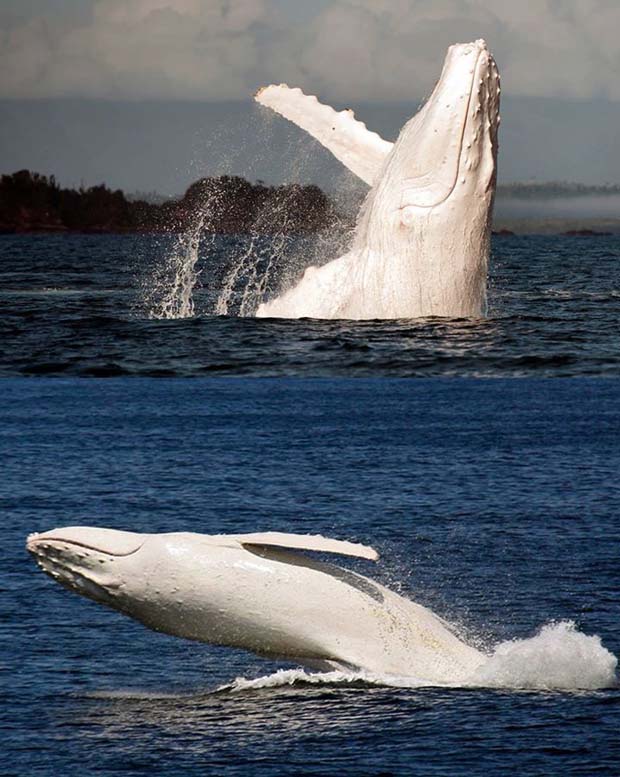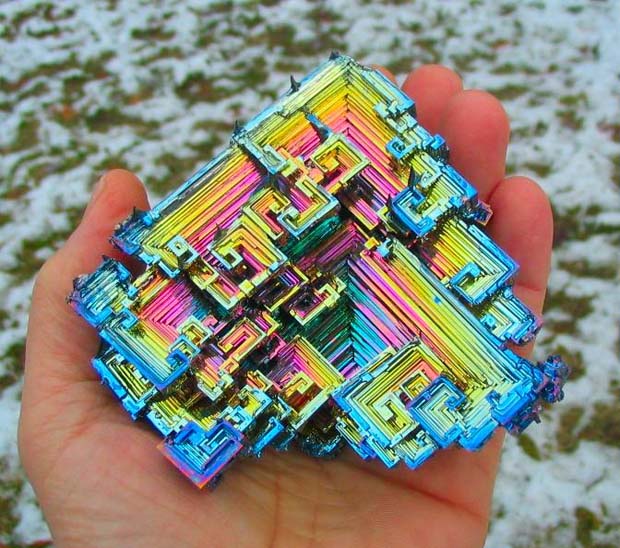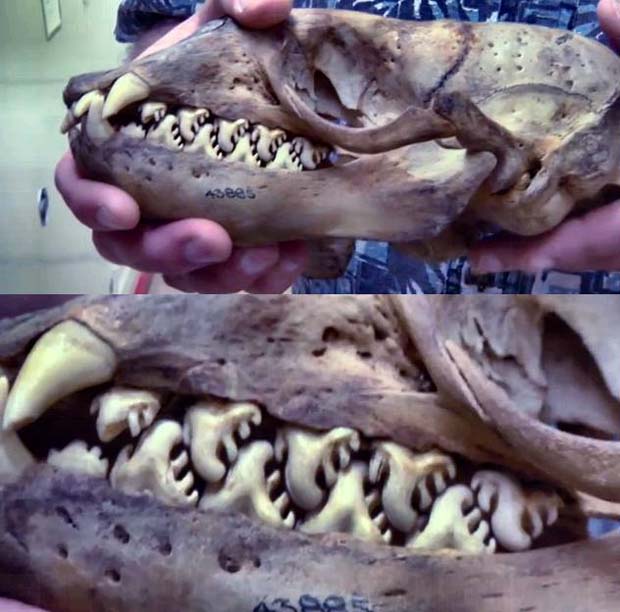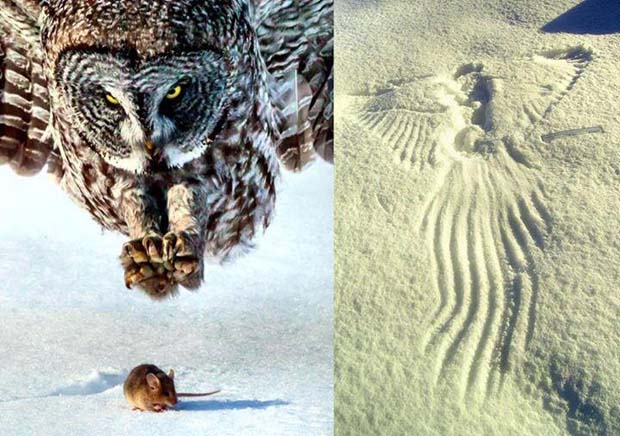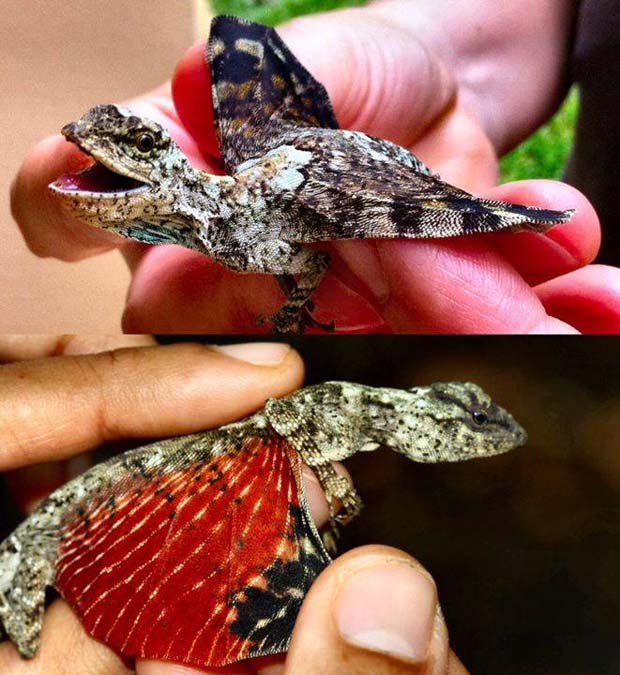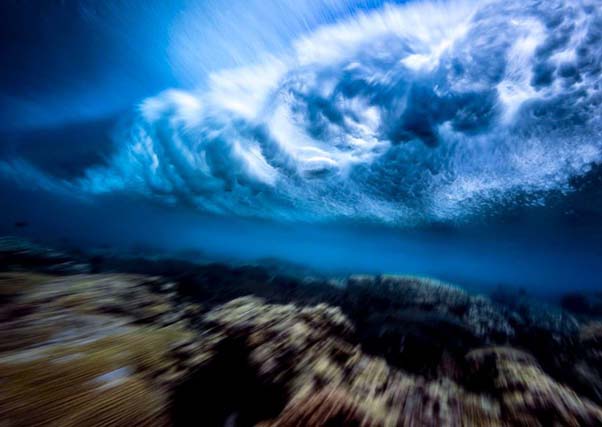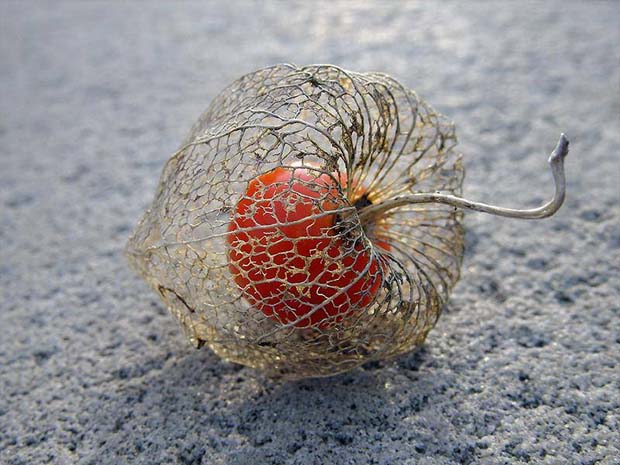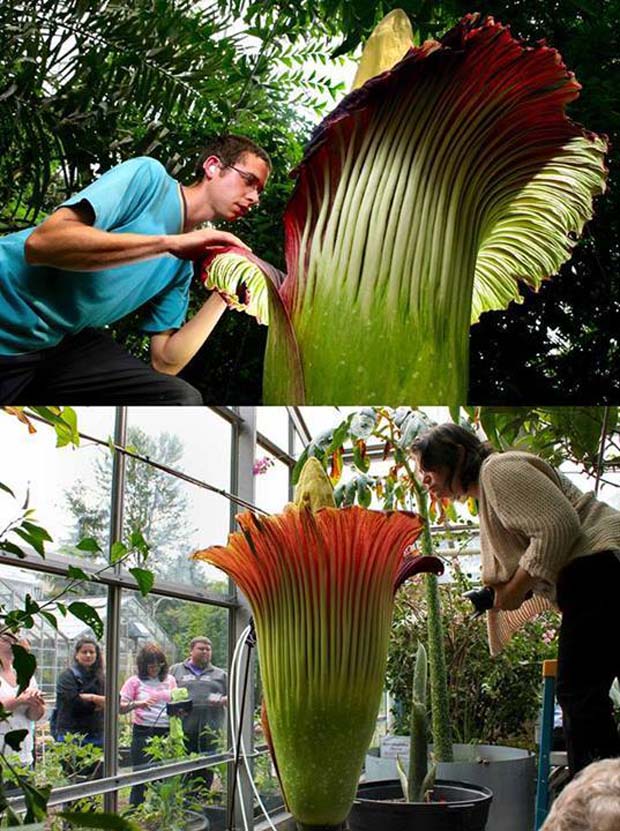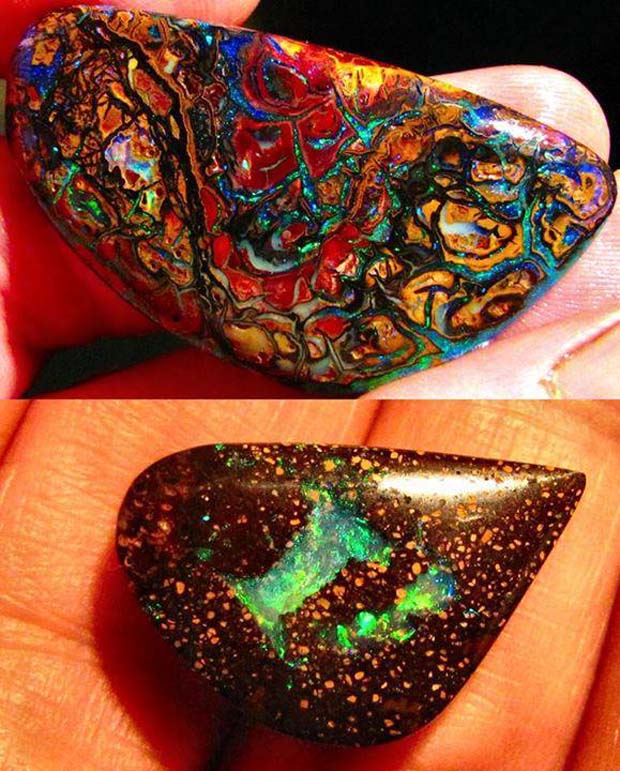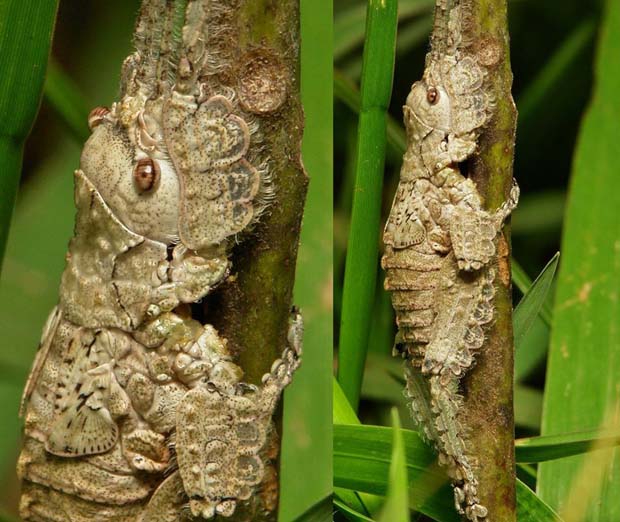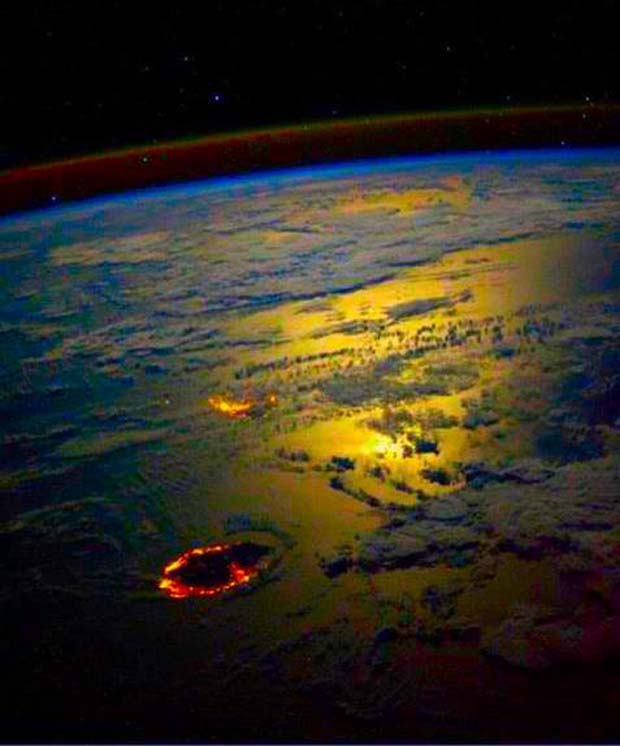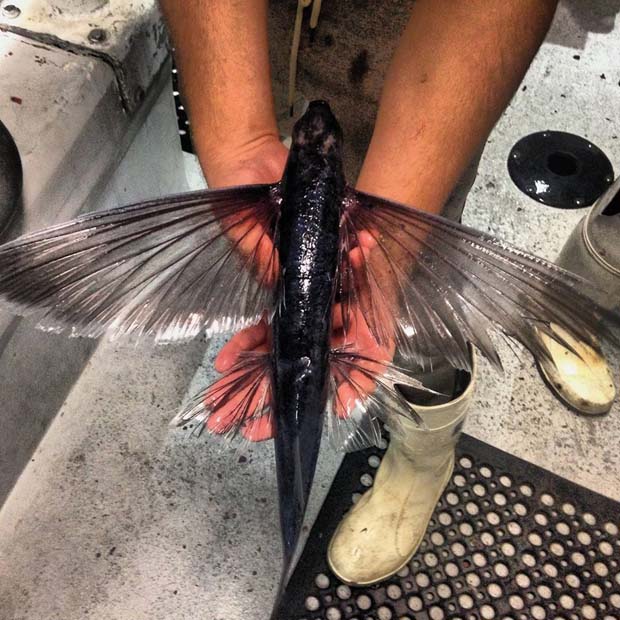An unusual crop that was once a staple across the tropics seems to be making a comeback. Starchy and packed with nutrients, breadfruit isn’t a typical fruit. And while this cousin of the mulberry may not be at the top of anyone’s dream menu, it could be the key to food security in part of the world.
That’s because breadfruit is high in complex carbohydrates (the kind that are good for you), protein, and micronutrients like iron and zinc. And compared to white rice and potatoes, breadfruit scores lower on the glycemic index, so it won’t shock your blood sugar. That’s good news for the Pacific Islands where diabetes rates are soaring, largely due to the influx of imported processed foods.
There are also non-nutritional advantages. The hardy tree is low maintenance and doesn’t require agrochemicals, so breadfruit is organic. And it’s fairly efficient. “It yields a lot of food for the amount of space it takes up, which is important on islands with limited space,” says Diane Ragone, Director of the Hawaii-based Breadfruit Institute.
Ragone first learned about the potential of breadfruit while in graduate school. “I looked out at a hillside in Micronesia covered in breadfruit trees and realized that food forest was a long-term, sustainable system,” she says. Since then, Ragone has travelled the tropics assembling what is now the world’s largest breadfruit collection with more than 120 varieties. Through this effort she is conserving varieties that might otherwise go extinct.
As with any underutilized foodstuff, there are obstacles to getting people to eat breadfruit regularly. Many people in the Caribbean shun it for its history. First brought to the Caribbean from the Pacific by a British sea captain in the late 1700s, breadfruit was largely cultivated to feed slaves. That fact has given breadfruit a bad rap on some islands, but Ragone believes the attitude is changing, especially as people become more interested in eating healthy, local food.
There’s also the issue of shelf life. Once it’s ripe, breadfruit rots pretty quickly, which is an issue when you have hundreds of large fruits to harvest all at once. That’s why breadfruit advocates like Dr. Camille George, a professor of engineering at the University of St. Thomas in Minnesota, have beenpioneering ways to extend breadfruit’s shelf life by shredding and drying it.
With the help of her engineering students, George has developed low-tech, hand-powered tools to grind dried breadfruit into flour. “These are engineering solutions for the bottom billion,” says George, who wants to see breadfruit orchards become central to a new food economy in tropical places like Haiti. Her team has partnered with the Trees that Feed Foundation to distribute equipment in Haiti, Jamaica, and several other countries (the foundation also plants breadfruit trees for cultivation). Grinding breadfruit into flour can give people year-round access to a nutritious local foodstuff.
So what to do with all that flour? That’s something George and her breadfruit colleagues are working on. In August 2012, the Palmares Bakery opened in Haiti’s capital city, Port-au-Prince, offering breadfruit baked goods like cupcakes and cookies. Last year the bakery delivered around 100,000 cupcakes to school children. “Learning to work with a new type of flour which has its own particularities was one of our biggest challenges,” says Inette Durandis, who helps run the bakery and has worked on commercializing breadfruit in Haiti for the last nine years.
Figuring out how ordinary Haitians want to use the flour is another issue. “Since most people there don’t have ovens, it doesn’t really make sense to sell baking flour,” says George. She thinks making it into pasta or porridge might be a better approach. Later this year, an extrusion factory will open in Haiti to produce Cheeto-like breadfruit puffs. With savory and sweet options, the puffs are just one way advocates are trying to get more breadfruit into the Haitian diet. Organic and gluten free, breadfruit flour could have appeal on the international market too.
Perhaps it’s not the best-looking fruit or even the most intuitive to prepare, but breadfruit’s future looks promising. “People are really starting to accept and appreciate breadfruit,” says Durandis. In that case, it might not be long before breadfruit becomes a national product for Haiti or even turns up on the shelves of your local health food store.





